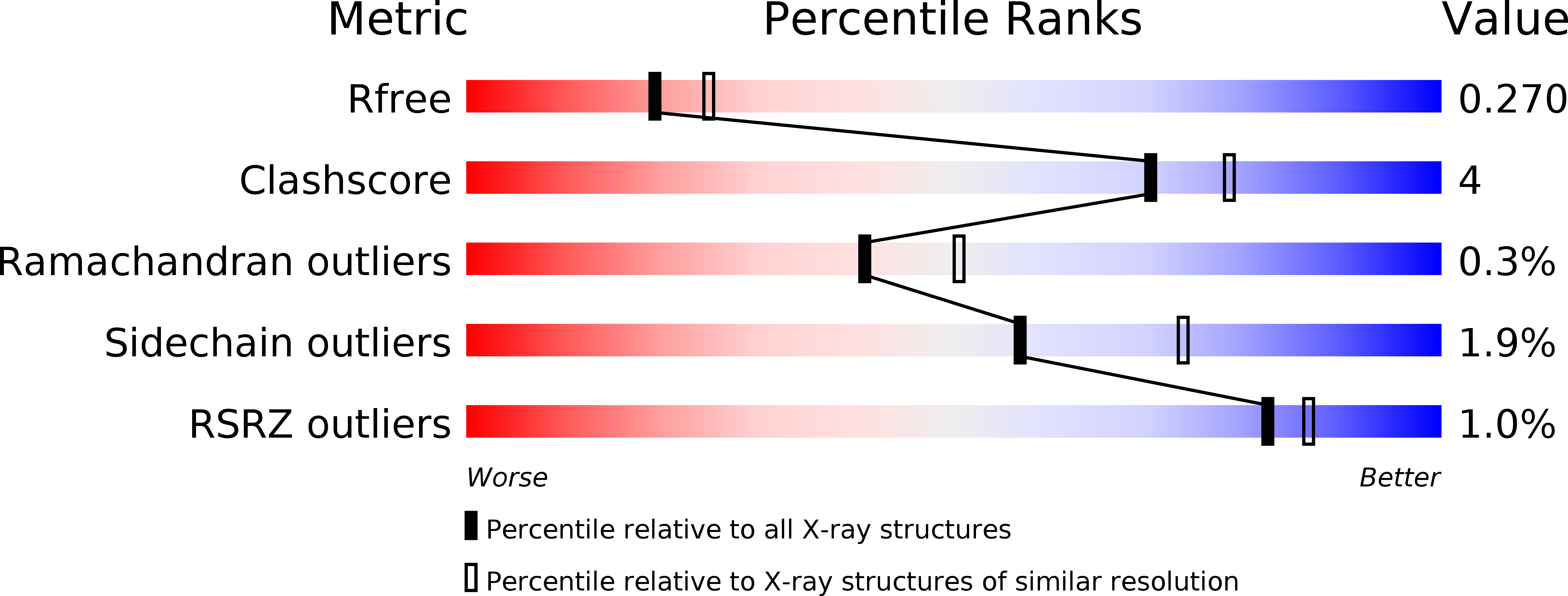
Deposition Date
2009-10-26
Release Date
2010-02-16
Last Version Date
2023-12-20
Entry Detail
PDB ID:
2WWM
Keywords:
Title:
Crystal structure of the Titin M10-Obscurin like 1 Ig complex in space group P1
Biological Source:
Source Organism:
HOMO SAPIENS (Taxon ID: 9606)
Host Organism:
Method Details:
Experimental Method:
Resolution:
2.30 Å
R-Value Free:
0.25
R-Value Work:
0.19
R-Value Observed:
0.19
Space Group:
P 1


